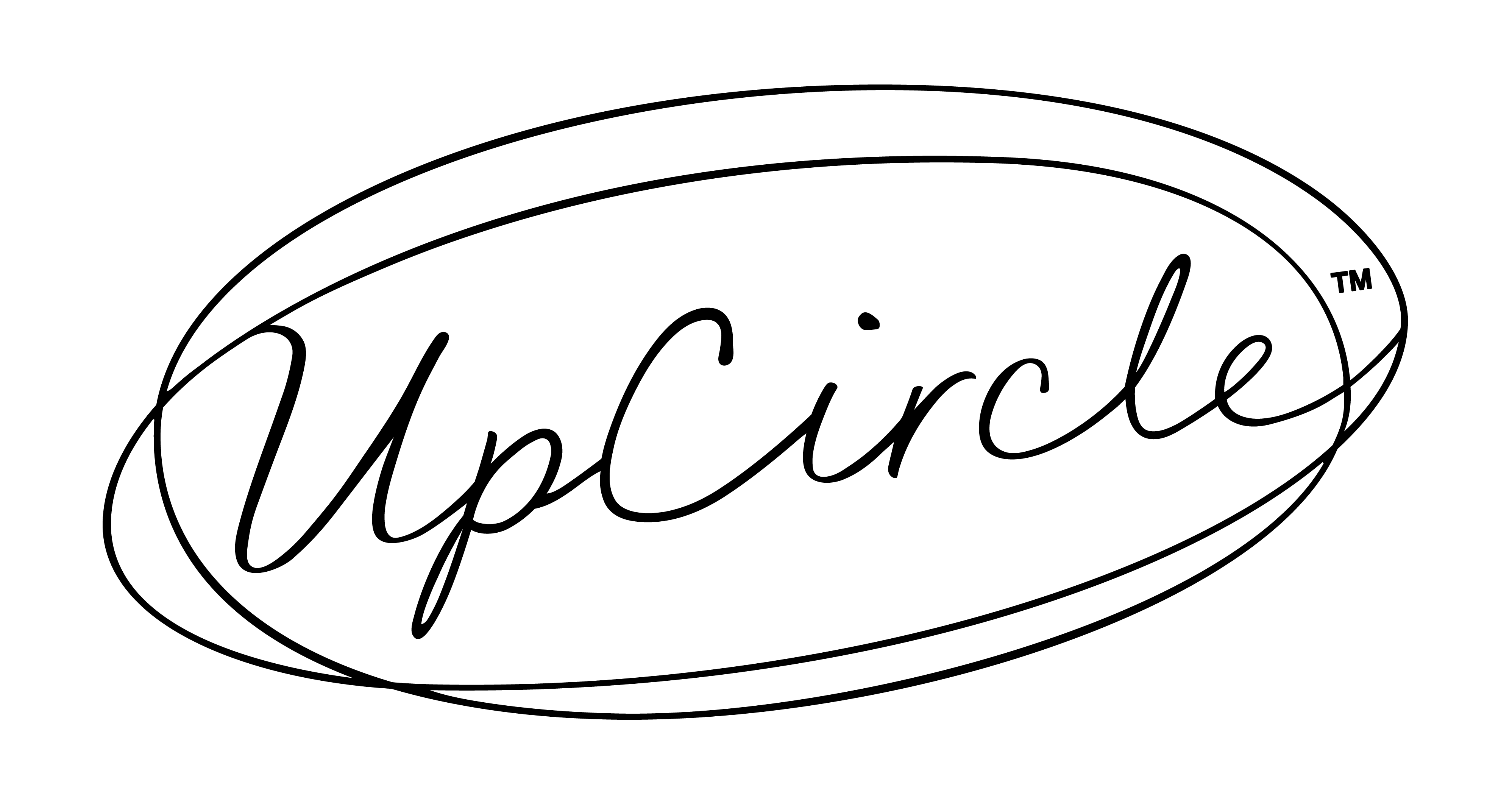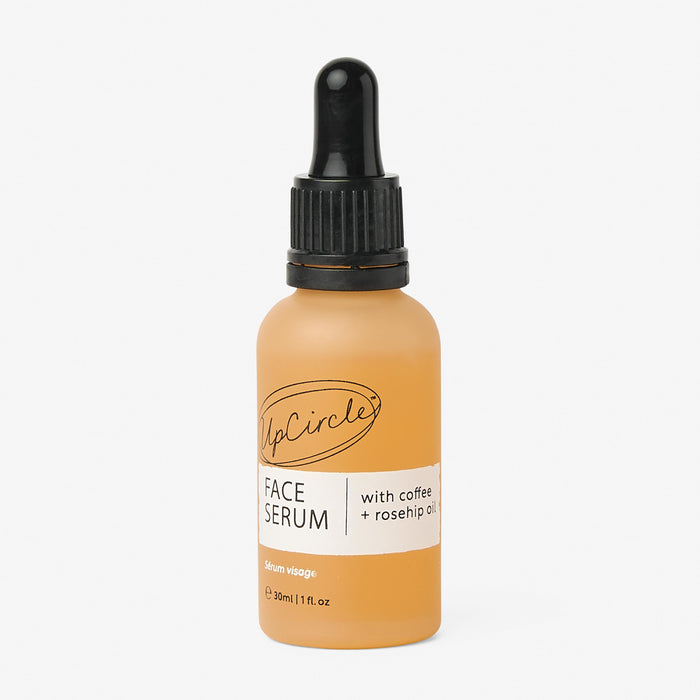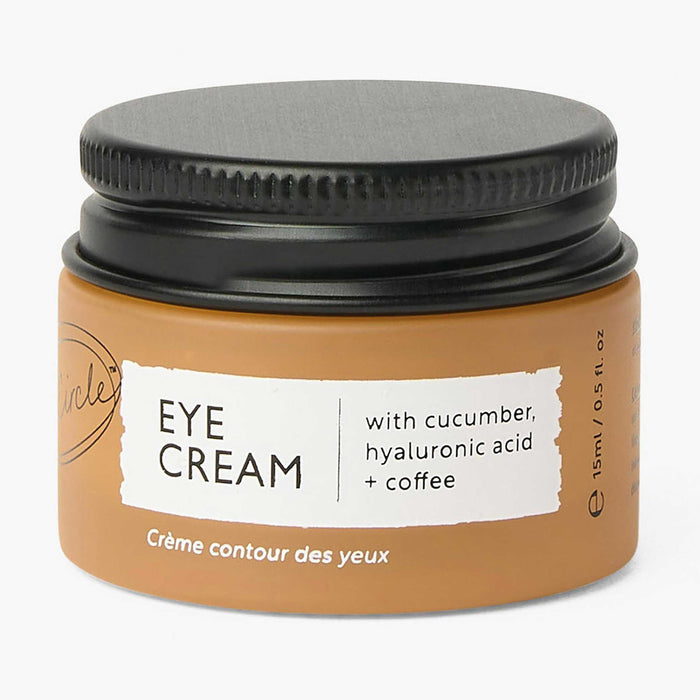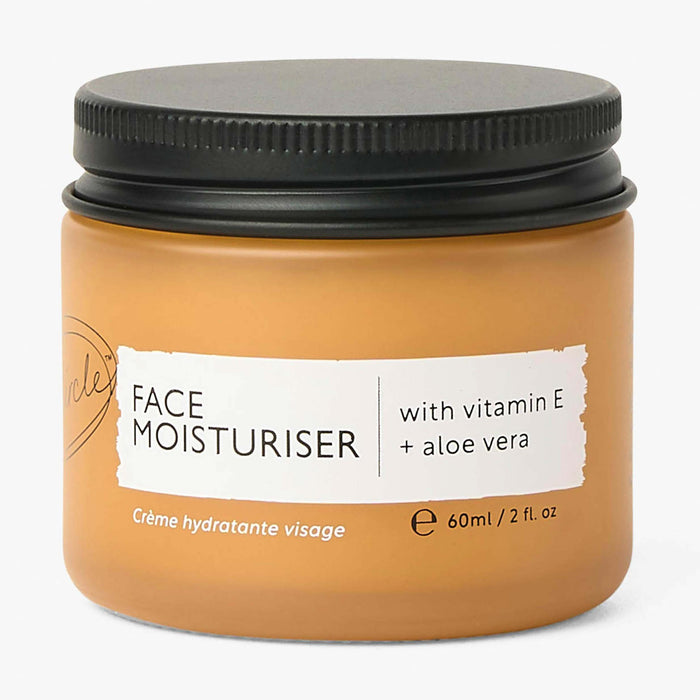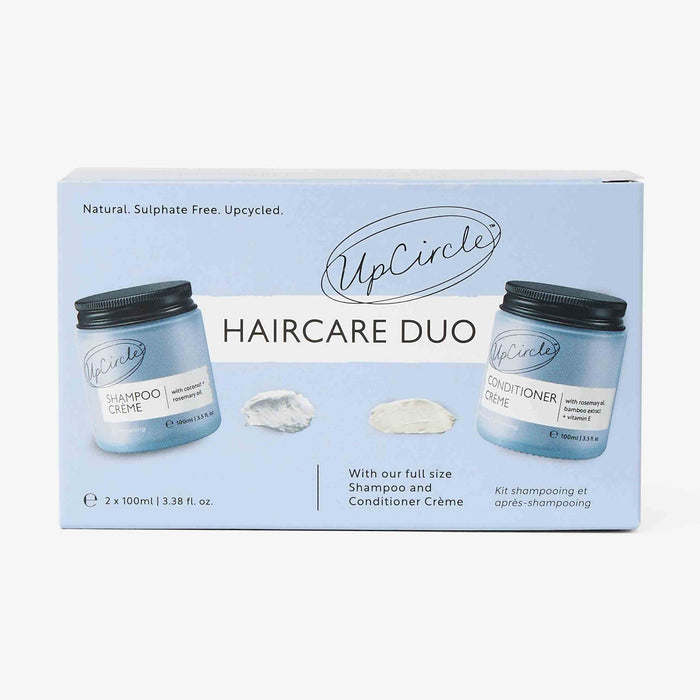We love to highlight exactly what’s in our products, and why it’s there. We’ve covered popular ingredients such as rosemary oil and cocoa butter, as well as some comparatively unknown ingredients like may chang oil and passion fruit oil.
Now, it’s the turn of clove leaf oil.
What you need to know about clove leaf oil
Clove leaf oil is a type of essential oil derived from the clove tree (Syzygium aromaticum), specifically from the leaves of the tree rather than from the flower buds. Clove oil is extracted from the cloves themselves, whereas clove leaf oil is obtained through the steam distillation of the leaves.
The buds of the tree are used for the food and fragrance industries, whereas leaves and stems are left behind. When clove buds are harvested, before they go on to be used as a culinary spice or to be steam distilled, a process is in place to clean the branches and remove all the stems. Rather than allowing these stems and leaves to be thrown away, we distil them to obtain this opulent oil.
The trees are found natively in the Indonesian Maluku Islands. Cloves are used in a variety of ways for their different properties, like as a spice, as flavouring, or as a fragrance. It is also used in traditional medicine.
Clove and clove leaf essential oil benefits
1. Effective anti-inflammatory
Clove leaf oil contains compounds such as eugenol, which have anti-inflammatory properties. This can help reduce redness, swelling, and irritation associated with various skin conditions, including acne, eczema, and dermatitis.
2. Great antioxidant
Clove leaf oil is rich in antioxidants that help to neutralise free radicals – harmful molecules that can damage skin cells and contribute to premature ageing. Antioxidants in clove leaf oil can help protect the skin from oxidative stress and maintain a youthful appearance.
3. Naturally antimicrobial
Clove leaf oil has strong antimicrobial properties, which can help combat bacteria, viruses, and fungi that may contribute to skin infections, acne, or other skin issues.
The antimicrobial properties of clove leaf oil make it beneficial for treating acne by helping to kill acne-causing bacteria and reduce inflammation associated with breakouts, potentially promoting clearer skin.
4. Wound healing
Clove leaf oil may help to promote wound healing by accelerating the skin's natural repair process. Its antimicrobial properties can also help prevent infections in any minor cuts, scrapes, or wounds on the skin.
5. Skin rejuvenation
Clove leaf oil can help to stimulate blood circulation when applied topically, which can promote healthier-looking skin and a more youthful complexion. Improved circulation helps to deliver oxygen and nutrients to the skin cells, enhancing their vitality and function.
How to use clove oil and clove leaf oil
While clove leaf oil is less potent than clove oil, care should be taken when using either. It’s important to make sure that you use carrier oils to properly dilute the clove leaf oil if you’re hoping to use it topically.
Clove leaf oil vs clove oil
While both are oils derived from the same plant, clove oil is from the buds of the plant, whereas the clove leaf oil is from the leaves. That’s not where the differences end, though.
The actual chemical composition of the oils differ, specifically in relation to eugenol – which is what contributes to its antimicrobial, antioxidant and anti-inflammatory properties. Clove leaf oil is typically milder, with these effects lesser than clove bud oil.
UpCircle’s Santelle Eau De Parfum
In 2023, we expanded the UpCircle range to include fragrance as well as skincare and haircare.
By focusing on what we do best at UpCircle – upcycled ingredients and refillable packaging – we have created formulations that both exude confidence and allow the scents to truly speak for themselves. And you probably won’t be surprised to learn that clove leaf is one of the upcycled ingredients in our latest fragrance launch.
Comforting and empowering, Santelle is an enveloping scent that wraps you in softness and warmth. With a bright and subtly sweet opening, it intertwines the radiant glow of sandalwood with the caramel of immortelle.
The fragrance profile of Santelle is as follows:
- Top Notes: Zesty and piquant black pepper with the delicate sweetness of pear and cassis.
- Heart Notes: A rich heart of creamy sandalwood, made luminous with pink pepper and peony.
- Base Notes: Soft and woody Atlas cedarwood with the caramel warmth of immortelle.
How to use: Spritz a few times behind your ears and on your pulse points.
Top UpCircle tip: To preserve the longevity of the perfume, apply a moisturiser, spritz the perfume and let it set without rubbing the wrists.
Upcycled ingredients
Giving ingredients that would have otherwise gone to waste is part of the UpCircle vision. We’re proud that our Santelle Eau De Parfum includes five ingredients to give them a new lease of life.
Clove Leaf
Spicy, woody and aromatic clove leaf essential oil is sourced from the Molucca islands of Indonesia. The buds of the tree are used for the food and fragrance industries, whereas leaves and stems are left behind. The salvaged leaves are distilled into this opulent oil that brings a complex and smoky depth to Santelle.
Orange Peel
Sweet and uplifting, the oranges are produced in South American countries for the juice and food industries. The orange essential oil is cold-pressed from peels that would typically be discarded. Orange weaves into the scent confidently, elevating it with a squeeze of zesty vibrance.
Cedarwood Atlas
Cedarwood Atlas essential oil is sourced from the Atlas Mountains of Morocco. Warm, smooth, and rich, the essential oil is distilled from sawdust, a waste product from the furniture industry.
Dersantol
A rich, long lasting, and incredibly creamy smelling sandalwood material, also known as Sandalore. It is made from otherwise wasted fractions of myrtle oil, providing perfumers with the means to enhance the natural beauty of sandalwood oil.
Dihydromyrcenol
An aromatic material, which provides lift, zestiness and herbal freshness to a fragrance. It is produced from pine oil which is a waste product of the paper industry.
Find out more about our full catalogue of upcycled ingredients and shop our full collection of products.
